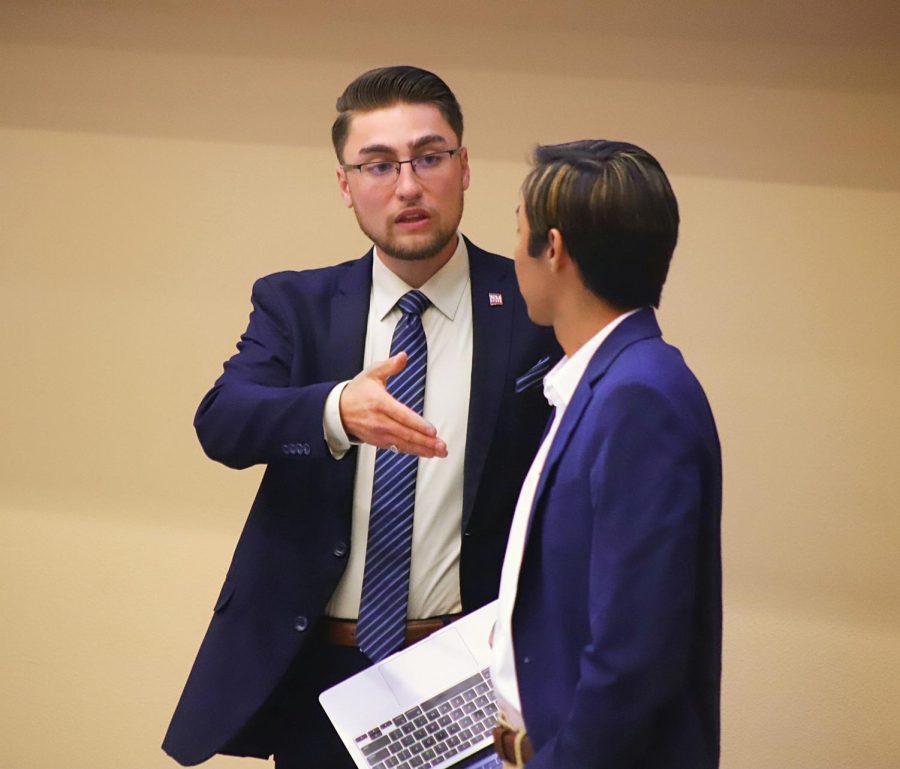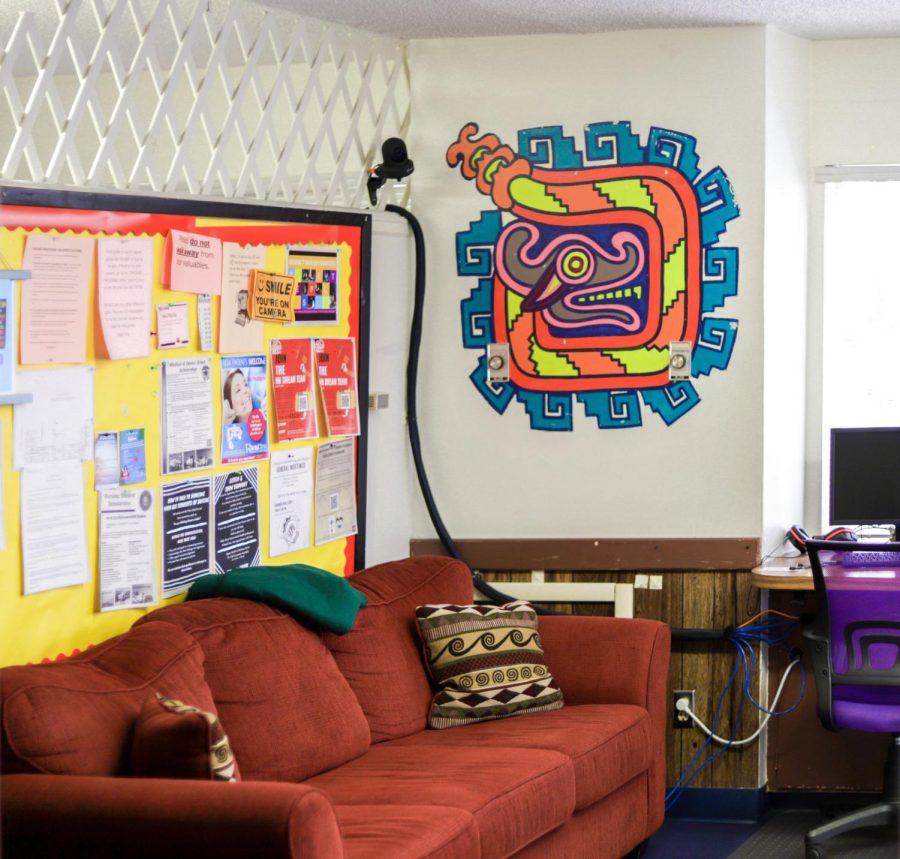By Billy Huntsman
Managing Editor
This is the 12th installment in The Round Up/Oncore Magazine‘s 14-part series investigating professor turnover at NMSU.
Reasons for staying
“Specifically, this document deals with faculty retention by focusing on what has brought people to NMSU, and what keeps them here,” the 2009-2010 Provost’s Project “Nuestro Corazón: Growing With NMSU” reads.
The research methods for this report included open-ended questions given by a team of 12 NMSU professors to 19 NMSU professor-participants, 53 percent of whom were men. Most (84 percent) were White/non-Hispanic, while the remainder identified as Latino-Mexican American. The majority (26 percent) of the participants were from the College of Arts and Sciences, while the least (five percent each) number of participants were from the Colleges of Business and Health and Social Services. Ninety-five percent of the participants reported being tenured.
Throughout Spring 2009, these 19 professors met in focus groups to discuss what factors kept them at NMSU, and what areas need improvement.
Despite the fact that some of the respondents in this study described their departments as “corrupt,” “dysfunctional,” mismanaged,” “stressed,” “isolated,” and chaotic,” these obviously were not so compelling reasons as to force them to leave the university. The factors that keep professors at NMSU include:
- The university’s mission
“Many faculty members felt the university’s land-grant mission was both compelling and appealing,” the report reads.
The report says one faculty member admired the way “the university provided New Mexicans with the materials and tools to help them develop and grow,” while another was impressed to see full professors, who had “nothing to prove,” doing community service.
- Student population
Respondents in the report also said NMSU’s “unique” student population was a factor that kept them here.
“A number of faculty members reported feeling at home at NMSU because of its heterogeneity,” the report reads, going on to cite the “ethnic, linguistic, and economic student diversity” as “a major institutional strength.”
Because a large number of NMSU students are first-generation college students, “Their levels of preparation are often sub-par, and it challenges the faculty to be more engaged in shaping their learning processes.”
This section of the report features a number of faculty members saying there are numerous challenges in helping such first-generation college students succeed.
“However, when we are successful it creates a sense of accomplishment and is gratifying to know we made a difference in the life of a given student,” the report reads.
- Institution size
The small size of NMSU was seen as a positive factor by participants in the study.
“The school allows for a more comfortable balance between work and personal life,” the report reads.
One respondent in the focus groups said he/she liked working at the university because employees are “not just a cog in the machine” and that the university is “big enough to have the resources to meet our needs.”
Further, the low faculty-to-student ratio “allows for greater and closer interaction and collaboration between faculty and undergraduates.”
Some respondents said their departments had “a family atmosphere” and there was “less territoriality at NMSU.”
- Accommodations for dual-career couples
Eber’s earlier 2008 report cited a formal policy of hiring faculty spouses, should they be eligible, would help with faculty retention at NMSU.
The 2009 focus groups had “a few faculty members” mention a willingness on the university’s part to accommodate dual-career couples.
“Although there has been inconsistency in addressing this issue, it clearly fosters good morale” and “engenders loyalty and appreciation” from faculty members, the report reads.
- Collegiality and collaboration
Elaborating on the family atmosphere theme, the report found several respondents appreciated the personal bonds they had developed with departmental colleagues, creating a network of support in times of personal difficulties.
A respondent described his department as “a haven.”
Respondents also reported being able to disagree professionally with colleagues, while still remaining friendly personally.
“Not only was collegiality seen as a factor underlying faculty retention, but it was also viewed as a means of fostering enduring loyalty to the department and to the university,” the report reads.
- Freedom to engage in teaching, service, and scholarship
As one participant said, “(At NMSU) People let you do your work and try not to get in your business.”
Such a lack of restriction, the report found, “fostered a greater personal investment in NMSU as an institution.”
Respondents “overwhelmingly” reported feeling as though they could set their own paths in regards to teaching, scholarship, and service.
- Access to facilities
Small “perks,” such as “unlimited or inexpensive access to athletic facilities on campus to provide a health and family-friendly setting” help “offset our lower salaries and constitute an important feature of the NMSU experience,” the report reads.
- The region
All of the focus group respondents reported enjoying the city of Las Cruces, the wider geographic environment, as well as the NMSU campus.
“One participant expressed that our close proximity to the border, being an Hispanic-serving institution, and having a Native American population ‘all give openings for grants,'” the report reads.
Further, Las Cruces is seen as a good place to raise a family, as it is safe and affordable.
“‘I stay here for everything but the money,'” the report quotes one respondent.







